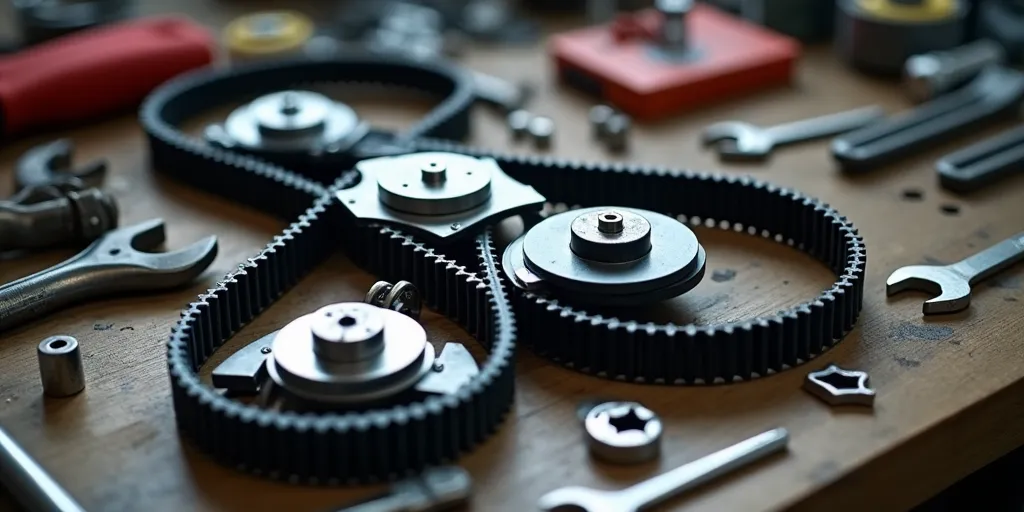-
Shopping Tools
-
Care & Maintenance
-
About
-
Dealer Login

A fresh drive belt restores acceleration, hill performance, and consistent cruising. This guide explains how to diagnose a worn belt, what you’ll spend, how long it takes, the tools you need, and the correct path for the new belt across the clutches so your cart feels crisp again.
| Item | Typical range (USD) | Notes |
|---|---|---|
| Replacement belt | $25–$90 | OEM or high-quality aftermarket matched to model/year |
| Labor (shop) | $60–$150 | ~0.5–1.0 hour depending on access and inspection |
| DIY total | $25–$90 | Assumes basic tools on hand |
Plan 20–60 minutes for most models. First-timers may take up to 60–90 minutes if you add cleaning and a full clutch inspection.
The belt must follow the exact OEM path: primary (engine) clutch → secondary (transaxle) clutch. Keep the belt centered in both sheaves and observe these points:
